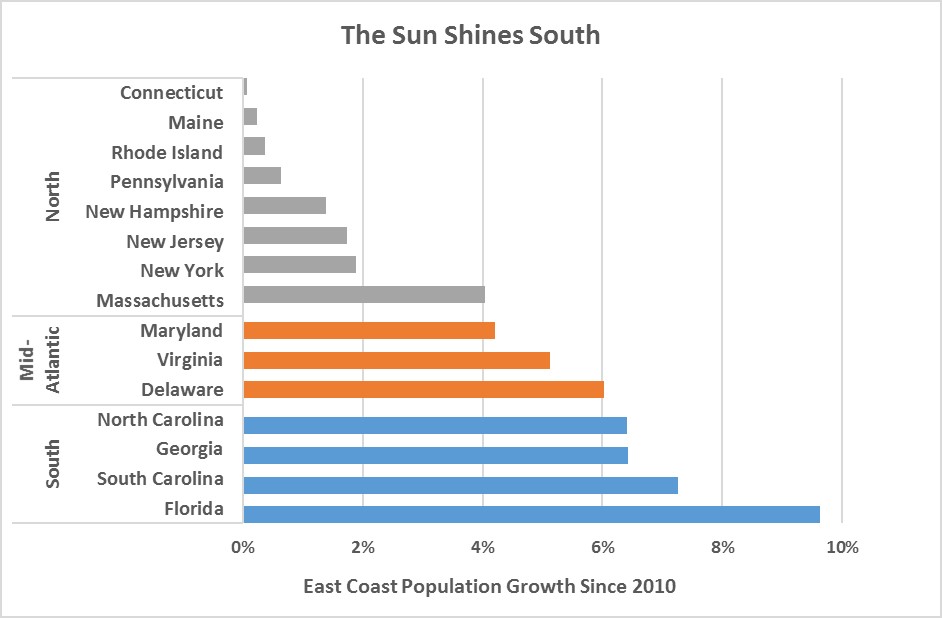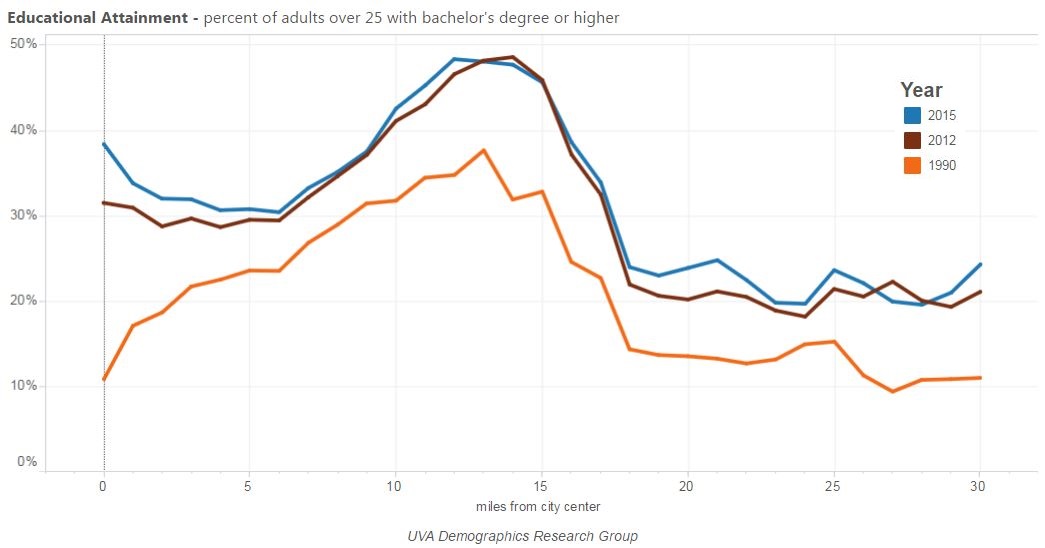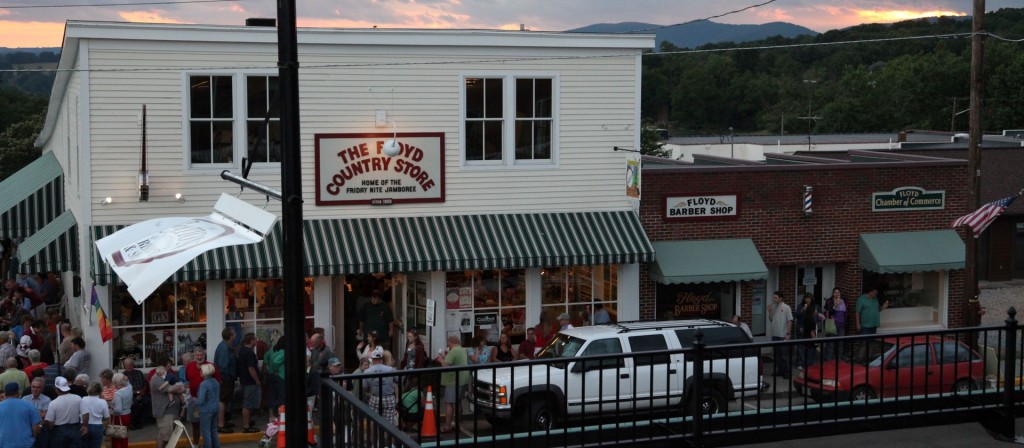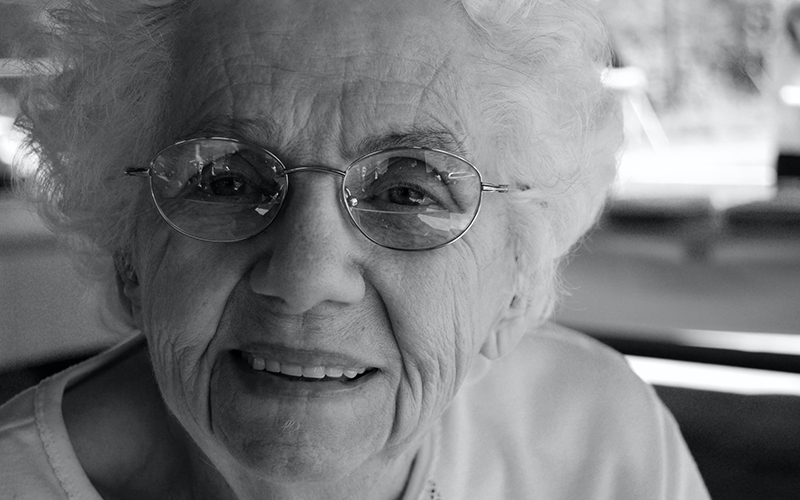Virginia’s population is growing at its slowest pace since the 1920s
This morning the Weldon Cooper Center at the University of Virginia released its 2016 population estimates for Virginia’s counties and cities. The most obvious trend in the population estimates is how much more slowly Virginia and most of its communities are growing this decade. Since 2010, Virginia’s population has grown by a little over 410,000 residents. […]












